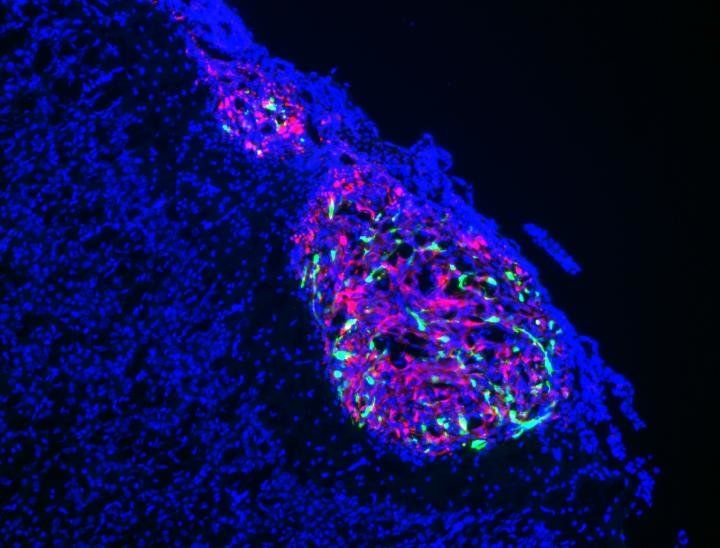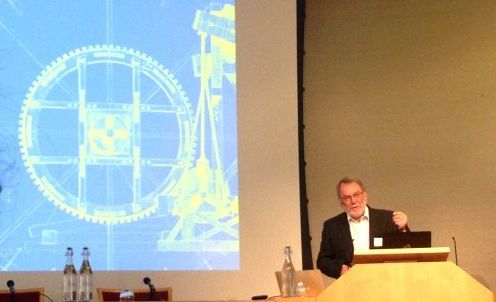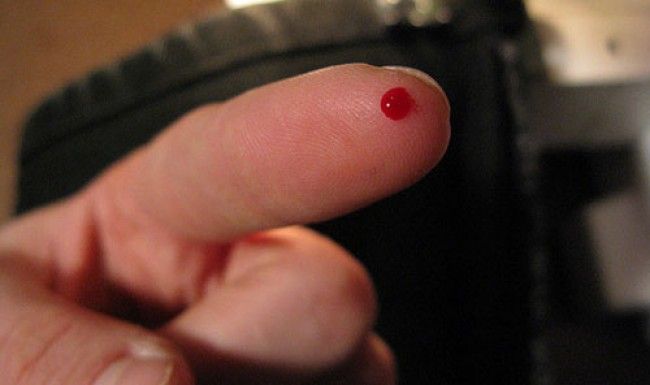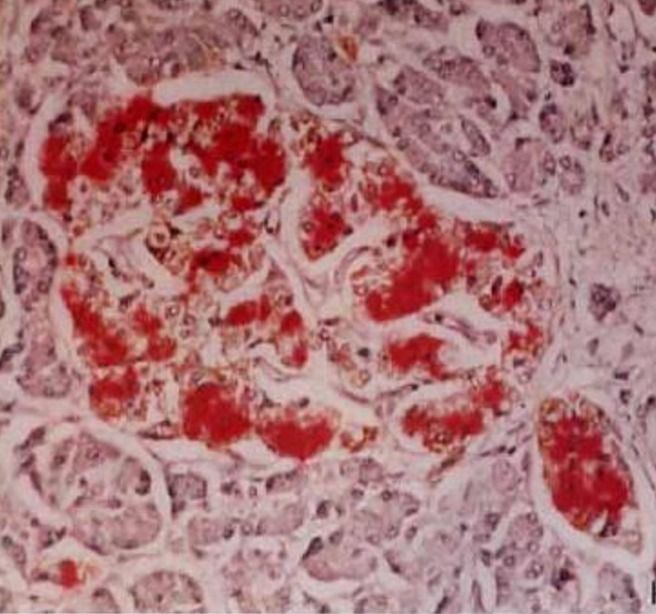
Very promising. I hope within the next 10 years that Glioblastoma is eradicated.
A team from the International School for Advanced Studies (SISSA) in Trieste has obtained very promising results by applying gene therapy to glioblastoma. Tests in vitro and in vivo on mice provided very clear-cut results, and modelling demonstrates that the treatment targets at least six different points of tumour metabolism. Gene therapy, a technique that selectively attacks a tumour, might provide hope in the fight against this type of deadly cancer, for which surgery is practically impossible and chemo- and radiotherapy are ineffective against very aggressive recurrences. The study was published in the journal Oncotarget.
Only a few days ago, the press (especially in English-speaking countries) enthusiastically announced the publication of a study that described in great detail the genetics of breast cancer, a discovery that according to many marks a breakthrough in the battle against this cancer. This kind of news confirms the impression that in the near future the war against cancer will be fought on the battlefields of genetics. Italy too, is working on this front. At SISSA, for example, where Antonello Mallamaci and his group have just published highly promising results on the application of gene therapy against glioblastomas, a family of brain tumours among the most common and aggressive. A diagnosis of glioblastoma is literally equal to a very imminent death sentence: “surgery is rarely curative, as these tumours insinuate themselves in healthy tissues, and also chemo- and radiotherapy have little effectiveness.
Read more








